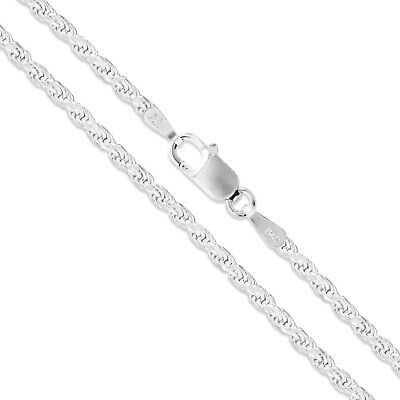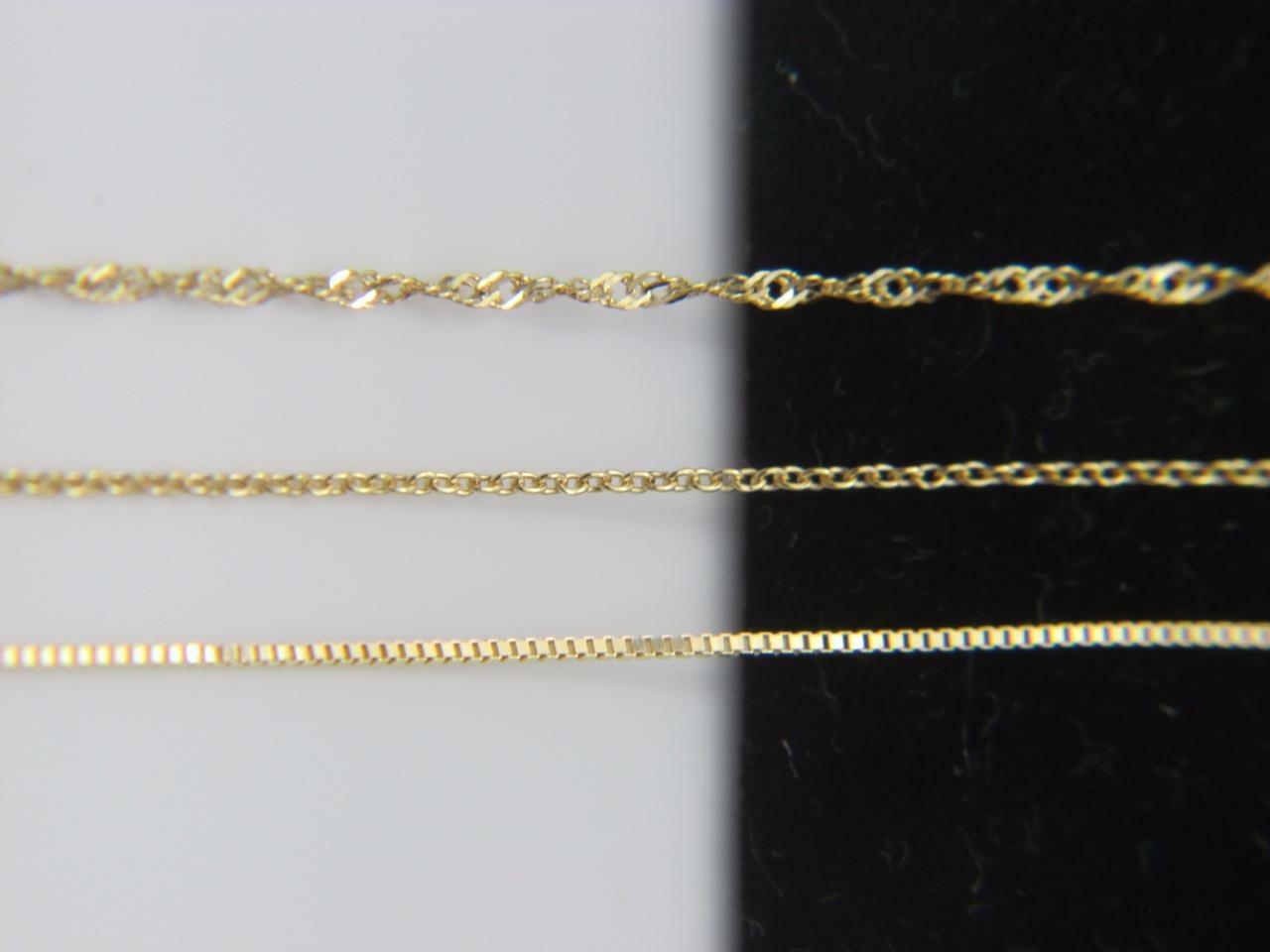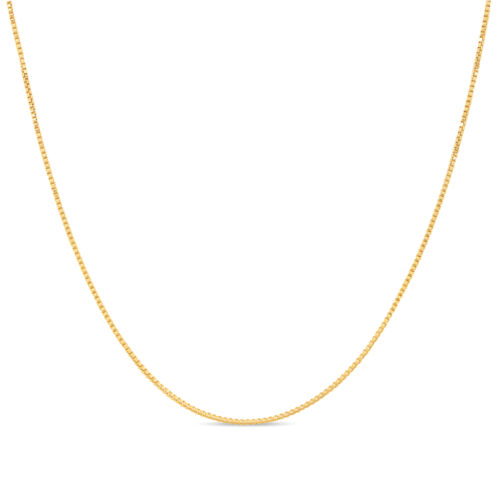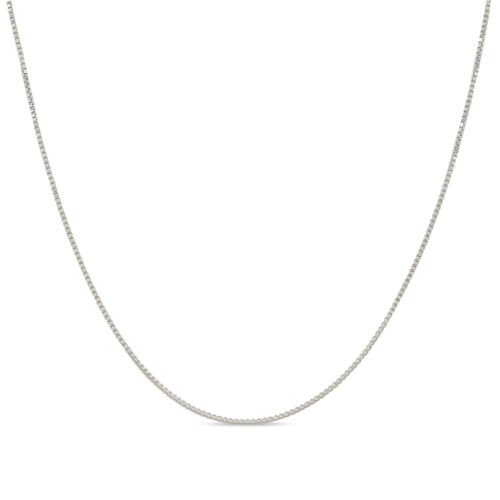-40%
CROSS CHI-RHO JESUS CHRIST NAME BIBLE VERSE JN8:12 STERLING SILVER MEDAL PENDANT
$ 15.81
- Description
- Size Guide
Description
VEGASBEEVENICEBEE®
p r e s e n t s
CROSS CHI-RHO JESUS CHRIST NAME
BIBLE VERSE JN8:12
MEDAL
CHRISTIAN TALISMAN SOLID 925 STERLING SILVER PENDANT
+
SURGICAL GRADE 316L
STAINLESS STEEL CHAIN 24" NECKLACE +
JEWELRY POUCH + POLISHING CLOTH + GIFT BOX
D E S C R I P T I O N
SIMPLY THE BEST!!!
UNIQUE SPIRITUAL GIFT!
BRAND NEW WELL-MADE ITEM!
GREAT ITEM! HONEST PRICE! SUPERB QUALITY!
VERY BEAUTIFUL ORIGINAL DESIGN!
Very handsome design has deep spiritual meaning. Cast from original antique mold.
CROSS CHI-RHO JESUS CHRIST NAME BIBLE VERSE JN8:12
MEDAL
CHRISTIAN TALISMAN SOLID 925 STERLING SILVER PENDANT.
X P - The Chi Rho is one of the earliest forms of christogram, and is used by Christians. It is formed by superimposing the first two letters in the Greek spelling of the word Christ, the original language of the Christian Testament.
A W - Alpha and Omega- first and last letters of Greek alphabet signify Christ's Divine designation- clear testament to His absolute and unqualified Deity.
The Chi Rho invokes the crucifixion of Jesus as well as symbolizing his status as the Christ. There is early evidence of the Chi Rho symbol on Christian Rings of the third century.
Reverse side is embossed with Bible Verse:
JOHN 8:12 Then Jesus spoke to them again, saying, “I am the light of the world. He who follows Me shall not walk in darkness, but have the light of life.”
AMAZING CRAFTSMANSHIP & THREE-DIMENSIONAL ARTWORK DETAILS!
Solid well-made brand new silver pendant.
STERLING .
925
SILVER (925 hallmark).
Highly detailed hand crafted double-sided cast.
A talisman is an amulet or charm considered to possess supernatural or magical powers, intended to bring good luck and protection to its owner.
Very good size is measured 1.3" by 0.9" inch (33 mm by 23 mm) with very robust thickness!
Bail is embossed with a Cross, V-comb -
VENICEBEE® brand
seal
and 925 stamp hallmarks. Rare Museum Quality!
Pendant comes with perfectly matching HYPOALLERGENIC
SURGICAL GRADE 316L
STAINLESS STEEL CHAIN 24" FACETED CABLE 3MM WIDTH UNISEX
NECKLACE.
Highest quality items will arrive with beautiful VENICEBEE® V-Comb logo jewelry velvet gift pouch, with silver
polishing
cloth, inside
exquisite
Fine Jewelry GIFT BOX.
GREAT CHRISTIAN COLLECTIBLE & PERFECT SPIRITUAL GIFT!
MUCH BETTER THAN PICTURES IN PERSON- ITS VERY HARD TO CAPTURE ITS AMAZING DIVINE BEAUTY!
YOU WILL LOVE AND TREASURE THIS JEWELRY ARTWORK!
* SECURE & SPEEDY USA SHIPPING WITH DELIVERY CONFIRMATION SERVICE *
>>~~~>
CHI RHO.
The Chi Rho is one of the earliest forms of christogram, and is used by Christians. It is formed by superimposing the first two letters in the Greek spelling of the word Christ ( Greek : "ρσό" ), chi = ch and rho = r, in such a way to produce the monogram . The Chi-Rho symbol was also used by pagan Greek scribes to mark, in the margin, a particularly valuable or relevant passage; the combined letters Chi and Rho standing for chrston, meaning "good."
Although not technically a cross, the Chi Rho invokes the crucifixion of Jesus as well as symbolizing his status as the Christ. There is early evidence of the Chi Rho symbol on Christian Rings of the third century.
Christian accounts of Constantine's adoption of the Chi-Rho.
According to Lactantius, a Latin historian of North African origins saved from poverty by the patronage of Constantine I as tutor to his son Crispus, Constantine had dreamt of being ordered to put a "heavenly divine symbol" (Latin: coeleste signum dei) on the shields of his soldiers. The description of the actual symbol chosen by Constantine the next morning, as reported by Lactantius, is not very clear: it closely resembles a Chi Rho or a staurogram, a similar Christian symbol. That very day Constantine's army fought the forces of Maxentius and won the Battle of the Milvian Bridge (312), outside Rome.
Writing in Greek, Eusebius of Caesarea (died in 339), the bishop who wrote the first surviving general history of the early Christian churches, gave two different accounts of the events. In his church history, written shortly after the battle, when Eusebius didn't yet have any contact with Constantine, he doesn't mention any dream or vision, but compares the defeat of Maxentius (drowned in the Tiber) to that of the biblical pharaoh and credits Constantine's victory to divine protection.
Constantine's labarum, a standard incorporating the Chi-Rho, from an antique silver medal.
In a memoir of the emperor that Eusebius wrote after Constantine's death (On the Life of Constantine, ca 337339), a miraculous appearance came in Gaul long before the Milvian Bridge battle. In this later version, the emperor had been pondering the misfortunes that befall commanders that invoke the help of many different gods, and decided to seek divine aid in the forthcoming battle from the One God. At noon Constantine saw a cross of light imposed over the sun. Attached to it, in Greek characters, was the saying "οω ία!". Not only Constantine, but the whole army saw the miracle. That night Christ appeared to the emperor in a dream and told him to make a replica of the sign he had seen in the sky, which would be a sure defense in battle.
Eusebius wrote in the Vita that Constantine himself had told him this story "and confirmed it with oaths," late in life "when I was deemed worthy of his acquaintance and company." "Indeed," says Eusebius, "had anyone else told this story, it would not have been easy to accept it." As Constantine during his last few years enjoyed what he considered direct contact with God, it is likely that the story should be credited to Constantine, rather than to Eusebius[clarification needed].
Eusebius also left a description of the labarum, the military standard which incorporated the Chi-Rho sign, used by Constantine in his later wars against Licinius.
Modern interpretations of Constantine's vision.
Constantine's modern biographer, Ramsay MacMullen, is one who finds Constantine dream, as reported by Eusebius, not easy to accept: "If the sky writing was witnessed by 40,000 men, the true miracle lies in their unbroken silence about it".
There are numerous modern astronomical and astrological theories that defend Eusebius' account as possible. In 1948 Fritz Heiland, of the Zeiss planetarium at Jena, published his astronomical interpretation of Constantine's vision, that the fall of the year 312 was attended by an unusual spectacle: the syzygy or close alignment of three bright planets, Mars, Saturn and Jupiter, in the evening sky above the southwest horizon, positioned along a line within about 20 degrees of each other on the border of Capricorn and Sagittarius. Heiland suggests that Constantine overcame the psychological impact on his army, of the ill pagan content of the astrological omen that associated syzygies with bad outcomes, by appropriating it to fashion a Christian token of victory in the form of the labarum[citation needed].
The Swedish geologist Jens Ormo and co-authors suggest that the account may have had its origins in Constantine's witnessing the daylight effects of a meteorite's descent through earth's atmosphere, of which the impact he believes resulted in the Sirente crater situated in Sirente-Velino Regional Park, Abruzzo, Italy.
Celestial chi.
Though modern representations of the chi-rho sign represent the two lines crossing at ninety degree angles, the early examples of the Chi-Rho cross at an angle that is more vividly representative of the chi formed by the solar ecliptic path and the celestial equator. This image is most familiar in Plato's Timaeus, where it is explained that the two bands which form the world soul (anima mundi) cross each other like the letter chi. Not only did the two legs of the chi remind early Christians of the Cross, "it reminded them of the mystery of the pre-existent Christ, the Logos Theou, the Word of God, who extended himself through all things in order to establish peace and harmony in the universe," in Robert Grigg's words. Hugo Rahner summarized the significance:
"The two great circles of the heavens, the equator and the ecliptic, which, by intersecting each other form a sort of recumbent chi and about which the whole dome of the starry heavens swings in a wondrous rhythm, became for the Christian eye a heavenly cross." Of Plato's image in Timaeus, Justin Martyr, the Christian apologist writing in the second century, found a prefiguration of the Cross, and an early testimony may be the phrase in Didache, "sign of extension in heaven" (smeion ekpetasesen ouran)
Later usage.
After Constantine the Chi-Rho became part of the official imperial insignia. Archaeologists have uncovered evidence demonstrating that the Chi Rho was emblazoned on the helmets of some Late Roman soldiers. Coins and medallions minted during Constantine's reign also bore the Chi Rho. By the year 350, the Chi Rho began to be used on Christian sarcophagi and frescoes. [A.E.M.] The usurper Magnentius appears to have been the first to use the Chi-Rho monogram flanked by Alpha and Omega, on the reverse of some coins minted in 353. In Roman Britannia, a tesselated mosaic pavement was uncovered at Hinton St Mary, Dorset, in 1963:. On stylistic grounds it is dated to the fourth century; its central roundel represents a beardless male head and bust draped in a pallium in front of the Chi-Rho symbol, flanked by pomegranates, symbols of eternal life. Another Romano-British Chi-Rho, in fresco, was found at the site of a villa at Lullingstone.
>>>>>>>>>>>>>>>>>>>>>>>>>>>>>>>>>>>>>>>>>>>>>>>>>>
Only positive feedback from our buyers, regarding this item.
We really appreciate your constant support and honest comments!
Here are just a few of the best:
"very nice item, good communication...happy customer"
Buyer: onelocalhero08
"TOP Zustand - super Preis. Vielen vielen Dank."
Buyer: misterpetz81
"This Chi Rho pendant is just beautiful. Better than advertised. Thanks!!!"
Buyer: finatic514
"Llegado en perfecto estado, muy bonito,muchas gracias."
Buyer: sagastiberri
"fantastic item, received within just a couple days!"
Buyer: rinnifer19
"I love this pendant and never take it off. Highly recommend!"
Buyer: thedesignfactor2
"great transaction. prompt delivery. Item is as described. THANK YOU!"
Buyer: lcgossett
"Fantastic Communication, Super Fast Shipping, Great Pendant, Great Transaction"
Buyer: majestic263
"flippin awesome!"
Buyer: zeitgeistkenny
S H I P P I N G
***We combine S&H on multiple items!***
(just request a combined invoice after you are done bidding)
PayPal—eBay's service to make fast, easy, and secure payments for your eBay purchases!
We accept eBay official forms of payment only!
PLEASE VISIT VEGASBEE ONLINE STORE
PRODUCT 20039 VENICEBEE®
VEGASBEE®


















